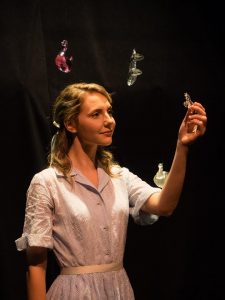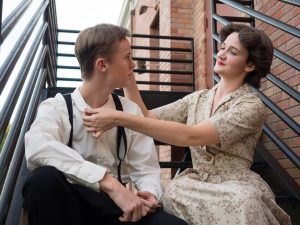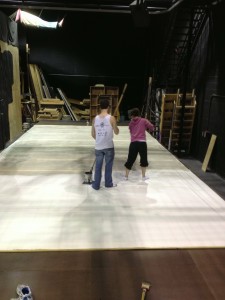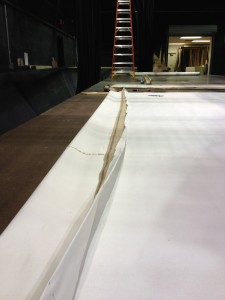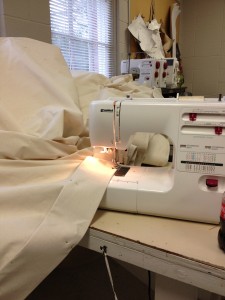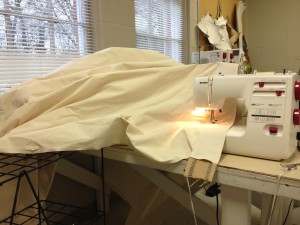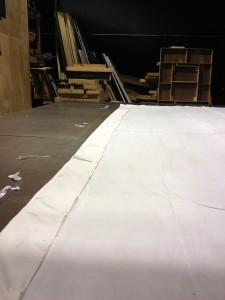Belhaven University Theatre Department will present Tennessee Williams’ timeless memory play The Glass Menagerie September 27-30 in Barber Auditorium in the Library building on Belhaven’s main campus. An extremely complex and emotional play such as this is always a challenge to present, but our brave cast and crew are tackling the play in an intense rehearsal process, where the cast was set only 4 weeks ago.
Our cast is made up of 4 BFA performers – Grace Reeves (junior, Acting) as Amanda, Noelle Balzer (sophomore, Acting) as Laura, Christopher Miller (freshman, Acting) as Tom, and Caleb Henry (sophomore, Musical Theatre) as Jim.
Barber Auditorium is a highly intimate space, which can bring out the best in performance, but presents special challenges for the design team and our director, Dr. Elissa Sartwell. We are excited about the dramatic potential of presenting a play with such personal power in a space with such immediacy.
Join us next week for The Glass Menagerie!
To reserve seats, contact boxoffice@belhaven.edu or call 601-965-7026.

